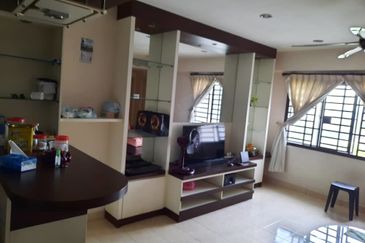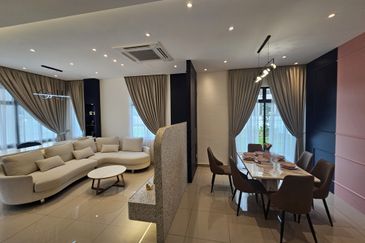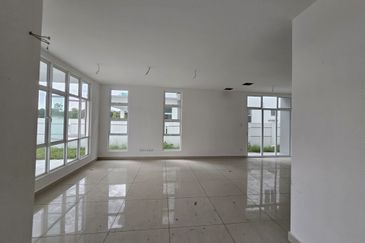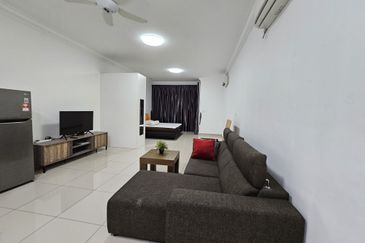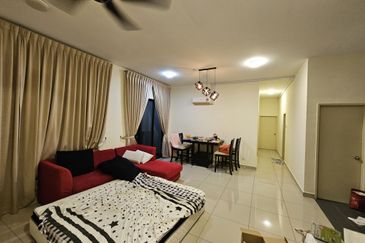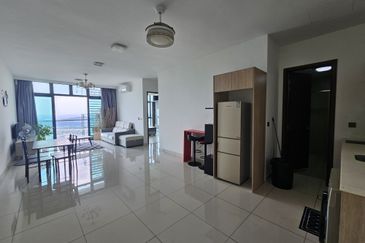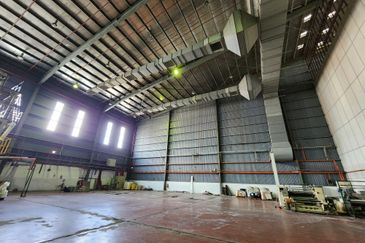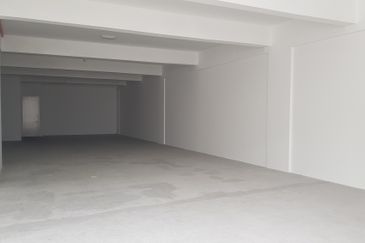
KUALA LUMPUR (Nov 21): Nextgreen Global Bhd (formerly BHS Industries Bhd), which has been making losses for three straight years, expects to return to profit in the financial year ending June 30, 2019 (FY19) on the back of improved market conditions, as well as the commercialisation of its industrial park.
The group is engaged in three core businesses — printing, industrial park development and manufacturing of renewable pulp and paper products.
Its managing director Datuk Lim Thiam Huat said the printing business had been the group’s main revenue driver, accounting for 80%, with the rest coming from its ongoing industrial park project called the Green Technology Park (GTP) in Pekan, Pahang.
However, it is looking to change that contribution ratio as it focuses more on industrial park development.
Lim expects the printing and industrial park development businesses to equally contribute to the group’s revenue or the contribution of industrial park development to surpass even that of the printing business from FY20.

According to Lim, the printing segment has not been generating good earnings over the last few years due to lower orders from the African continent — its current export market.
Although the export market of the printing segment accounts for less than 40% of revenue, Lim said lower orders of educational books from the African governments had resulted in the group incurring losses.
“This was due to a drop in oil prices over the last several years. When the price dropped, we noticed that the governments placed less book orders from overseas. But it’s picking up again, so we are confident this will help give a boost,” he told The Edge Financial Daily in an interview.
For FY18, print sales amounted to RM26.81 million, comprising RM16.81 million (62.7%) locally and RM10 million (37.3%) overseas.
Despite this contributing to an 18% increase in revenue to RM29.85 million for FY18 from RM25.2 million for FY17, the group posted a net loss of RM1.77 million — but smaller than the RM9.94 million net loss it posted for FY17.
Lim added that the group is now eyeing other export markets, such as Europe, which have shown increased interest in the group’s green paper technology.
“Our printing factory still has much potential [to grow in capacity]. It is able to produce a revenue of between RM60 million and RM80 million with the green technology we have, but we are only churning out less than RM30 million,” Lim said, adding that once the GTP starts production of wood-free paper, apart from selling the product, it can also be used in the printing of books to target markets such as Europe.
The 410-acre (165.92ha) GTP project is being developed over five phases with completion in 2020. The RM2 billion project has yet to contribute significantly to the group’s bottom line.
Meanwhile, Lim expects meaningful contributions from the group’s third core business of manufacturing renewable pulp and paper products to come once the GTP commences commercialisation.
Phase 1 of the project, which is nearly completed, features a pulp and paper mill factory with a production capacity of 10,000 tonnes of wood-free paper, as well as a 5,000-tonne tissue paper factory.
The commercialisation of the factory will only begin from the middle of next year. As such, the segment is not expected to significantly drive the group’s performance for FY19, said Lim.
“We will still depend on the printing segment to help push up earnings. As it is, we have an ongoing five-year exclusive contract from the Malaysian government to publish past examination papers — the Primary School Achievement Test, Form Three Assessment and Sijil Pelajaran Malaysia — which were awarded last year,” he said.
Phase 2 will involve the set-up of a new factory with the capacity to produce 100,000 tonnes of box liner paper, as well as 120,000 tonnes of corrugated paper, while Phase 3 will involve another factory with a capacity to produce 65,000 tonnes of tissue paper.
Phase 4 will involve the construction and development of a feed mill with production capacity of 30,000 tonnes of agro-feed, as well as a fertiliser plant with an output capacity of 50,000 tonnes of fertilisers using the by-products from the biogas plant.
“There is strong demand for fertiliser products in China so this may also be a potential market to tap in the near future,” Lim noted.
Phase 5 has been earmarked for light industries involving the construction and development of packaging and printing factories.
Already, Nextgreen is planning to replicate its experience in developing industrial parks in Johor and Sarawak, Lim said, expecting this to materialise as early as next year.
Cost-wise, the GTP is being developed using internal funds and various investments.
According to its 2018 annual report, the group said cash and bank balances had further reduced from RM1.49 million for FY17 to RM600,000 for FY18, of which part of the cash was spent on development of land and deposits for the plant and machinery.
To improve the cash flow, Lim said the group continues to woo potential buyers and sell developed land in the GTP.
On Nov 8, it signed a memorandum of understanding (MoU) with two listed Japanese firms — IHI Corp and Nomura Holdings Inc — to conduct a feasibility study on the joint development of the GTP’s second phase.
This comes after Nextgreen in July terminated its MoU with China Nuclear Industry Huaxing Construction Co Ltd, which Lim said was mutually agreed on. The MoU was signed a year ago for the same reason to co-develop the second phase of the GTP.
The group has also secured a RM400 million investment from Asia Capital Investment Fund (ACIF) to finance the GTP project. ACIF’s RM400 million investment comprises a subscription to 280 million new cumulative redeemable preference shares in Nextgreen at RM1 each, and a RM120 million loan.
As the group has a low gearing of 0.045 times in 2018 compared with 0.052 times in 2017, Lim said the group may also look to increase its bank borrowings. It also plans to hold a private placement in January to raise more working capital.
Nextgreen shares closed unchanged at 58.5 sen on Monday, with a market capitalisation of RM268.15 million. Year to date, the counter has risen 54%.
This article first appeared in The Edge Financial Daily, on Nov 21, 2018.
TOP PICKS BY EDGEPROP
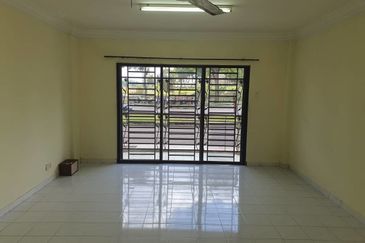
Seri Mutiara Apartment, Bandar Baru Seri Alam
Masai, Johor
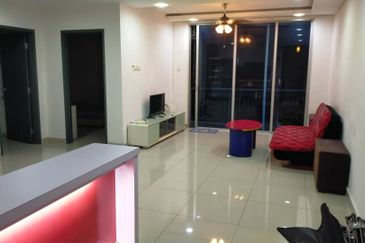
D'Ambience Residences (Ikatan Flora), Bandar Baru Permas Jaya
Permas Jaya/Senibong, Johor
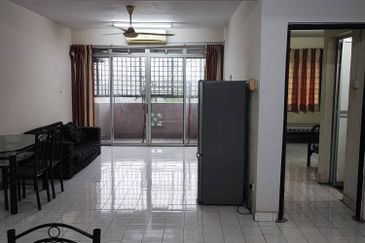
Apartment Tanjung Puteri Resort
Pasir Gudang, Johor
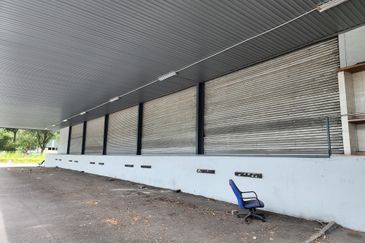
West Port, Pulau Indah
Port Klang, Selangor
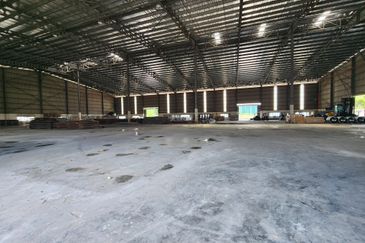
Pulau Indah Industrial Area
Pulau Indah (Pulau Lumut), Selangor
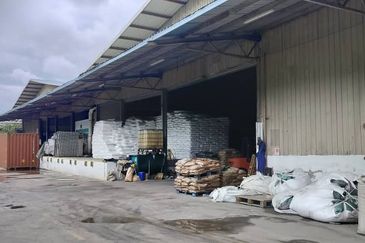
West Port, Pulau Indah
Port Klang, Selangor
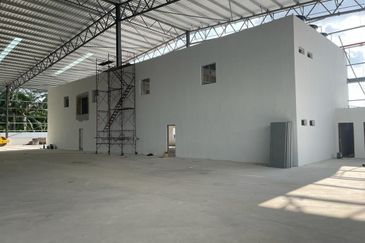
Kawasan Perusahaan Telok Mengkuang
Telok Panglima Garang, Selangor
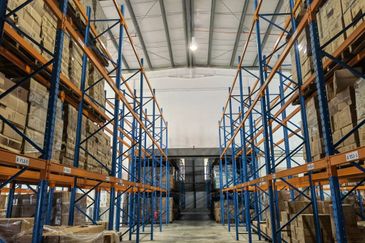
Taman Perindustrian Putra Puchong
Puchong, Selangor



